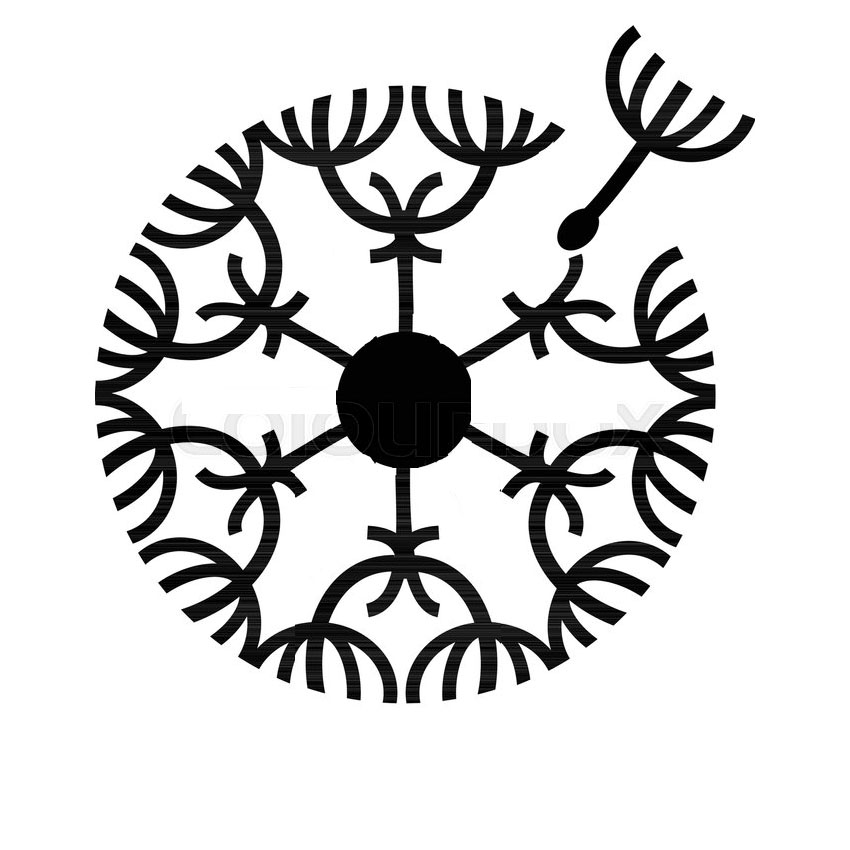Team Goal is a decentralized decision-making platform designed to facilitate group discussions, voting, and the promotion of ideas or suggestions within a structured, hierarchical framework. It is built around a multi-tiered, circle-based model, where participants are grouped into small circles. Each circle functions autonomously, but decisions and discussions can escalate to higher levels of circles when they gain enough support. Here’s a high-level description of how this system might work:
Core Features of the System:
Circle-Based Structure
The system organizes users into small, manageable groups or circles. These circles are the primary units where discussions take place, and decisions are made. Each circle has its own set of miembros, and suggestions or ideas (referred to as statuses or actions) are discussed within these circles.
Voting and Rating Mechanism
Within a circle, members can propose actions or share comments. Other members then rate or vote on these contributions. The system tracks the ratings and votes to gauge consensus. When an action or comment receives a certain level of support—measured by positive votes or ratings—it can be promoted to a higher circle for further review or implementation.
Promotion to Higher Circles
When an idea or decision gains enough traction in a lower circle, it moves to a higher circle. These higher circles consist of representatives or trustees from lower-level circles. The promotion system ensures that decisions and discussions that gather consensus at lower levels are escalated, facilitating broader decision-making across the network.
Automated Summarization and Filtering
To manage the flow of information as suggestions move through the circle hierarchy, the system employs automated summarization. This could involve natural language processing (NLP) tools, such as AI-driven summarization, to convert long discussions or voice messages into concise text that can be reviewed quickly by members of higher circles.
Dynamic Interaction Across Circles
While circles function independently, they are also connected to other circles through shared members or representatives. This structure creates a network of circles that cross-pollinate ideas, allowing for decision-making that incorporates a broad range of perspectives. The system helps ensure that important decisions or ideas don’t get siloed within any single circle but instead flow upward when appropriate.
Potential Enhancements and Future Improvements:
- Adaptive Voting Algorithms: Introduce more sophisticated voting algorithms that adapt to different types of decisions or circle dynamics, ensuring that only relevant suggestions move forward.
- Real-Time Feedback: Implement real-time feedback mechanisms where users can see how their input influences the larger decision-making process.
- Transparency and Accountability: The system could enhance transparency by providing visible trails for every decision—who voted, how decisions escalated, etc.—creating accountability.
- AI-Powered Decision Assistance: Further leverage AI for not only summarizing discussions but also suggesting improvements, flagging potential issues, and merging similar proposals across circles to foster collaboration.
- Conflict Resolution: Incorporate conflict resolution mechanisms where disagreements are efficiently mediated within or between circles.



